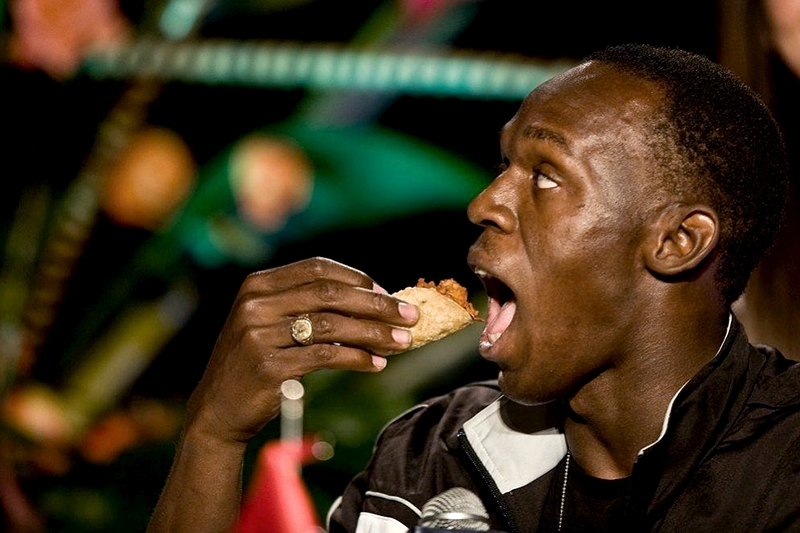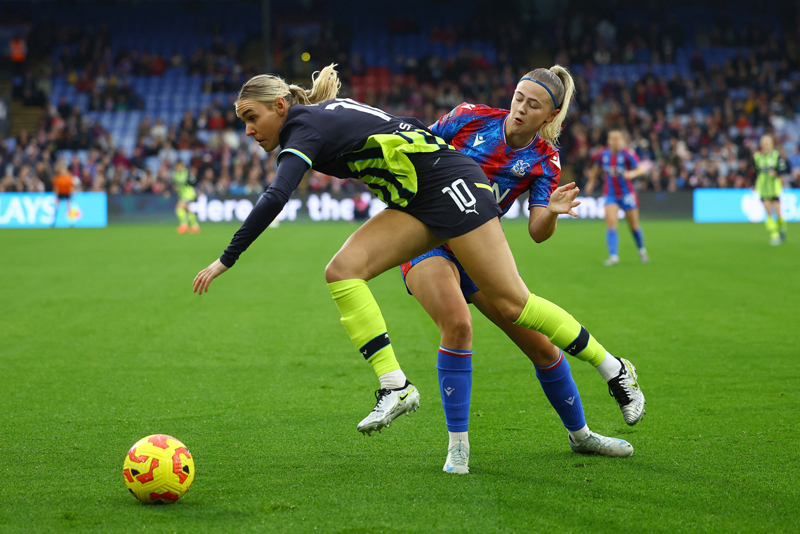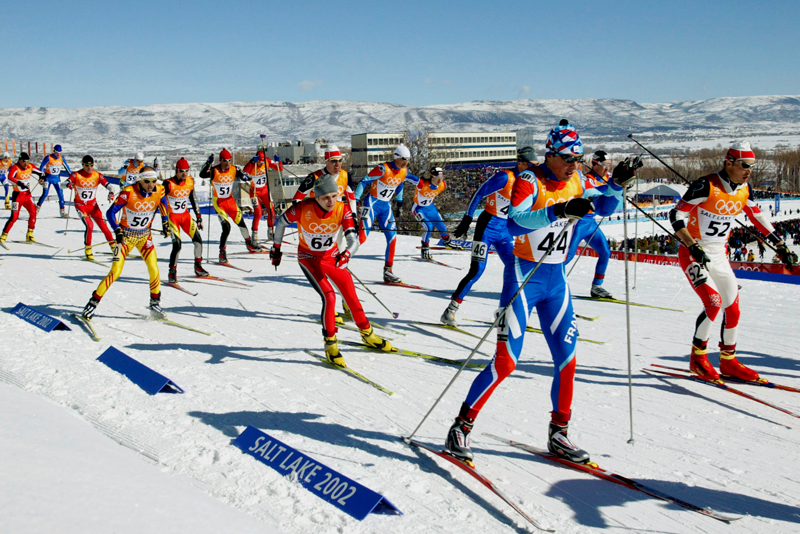Post-exercise carbohydrate for recovery: fast or slow?

The conventional wisdom is that fast-releasing carbohydrate is better at promoting post-exercise recovery than slower-releasing carbohydrate. But is this really the case? Andrew Hamilton looks at the scientific evidence...
Carbohydrate is the body’s ‘5-star’ fuel during hard exercise, which means that consuming enough of the right type of carbohydrate at the right time is critical for any athlete seeking maximum performance. Carbohydrate intake/supplementation in terms of quantity and timing before, during and after exercise is a topic that has been covered in a number of previous Sports Performance Bulletin articles – see this article for an in-depth discussion on this topic. But what about the type of carbohydrate consumed – not in terms of supplements/drinks/gels, but the meals and snacks consumed as part of your diet?Food carbohydrate and recovery
Of all the nutritional tricks to you can use to enhance performance, optimising your recovery nutrition should be right at the top of your priority list. That’s because immediately after training, your muscles are primed to absorb nutrients such as carbohydrate (to restore muscle glycogen) and protein (to repair damaged muscle fibres), both of which are essential to help you recover rapidly and prepare your muscles for the next training or competitive session (which could even be later that same day).The generally accepted approach to carbohydrate replenishment has been to favour the consumption of quick releasing (high GI) carbs such as sugars right after training. This is because sugars can rapidly enter the bloodstream and muscles and so maximise carbohydrate uptake during the post-training ‘window of opportunity’. Slow-releasing (low GI) carbs (such as oats, beans, peas, lentils etc) on the other hand are not thought to be optimum for post-training recovery – although they’re considered a healthier form of dietary carbohydrate overall (rich in natural fibre and better at maintaining blood sugar homeostasis) their slower release supposedly makes them less suitable for maximising glycogen replenishment during the ‘window of recovery’.
High vs. low-GI recovery
While the ‘high-GI is best’ approach to recovery is widely accepted, how does it stand up to scientific scrutiny? One British study suggests that it might not be as simple as that after all. In this study, scientists sought discover the effects of consuming low and high GI meals on the physiological responses subsequent 5km cycling time trial performance of cyclists(1). To do this, seven male cyclists performed a long bout of cycling in order to significantly deplete their muscle glycogen stores on two occasions On each occasion, this depletion was achieved by 2-minute bouts of cycling at 90% maximum work rate (very hard), interspersed with 2 minutes at 50% maximum work rate, repeated over and over. When participants were unable to maintain 90% of max work rate for 2min, the work rate was lowered to 80% and then 70% of maximum. The exercise was terminated when the cyclists couldn’t even maintain 70% of maximum work rate for two minutes – ie total exhaustion.Following this depletion protocol, there then followed a 3-hour recovery period, at the beginning of which the cyclists consumed either a high (fast-releasing energy) or low (slow-releasing energy) GI meal, both of which provided exactly the same amount of carbohydrate (2 grams per kilo of bodyweight). In terms of glycogen replenishment therefore, the meals only varied in terms of how rapidly the carbohydrate they contained, was released.
During the rest of the recovery period, the researchers measured the cyclists’ blood levels of the hormone insulin. Insulin helps to drive glucose into muscle cells where glycogen synthesis can take place – a big ‘spike’ in insulin following a post-exercise meal is considered a good thing therefore. They also measured blood lipid (fat) levels. At the end of the 3-hour recovery period, the cyclists were asked to complete a 5km-time trial as quickly as possible.
Slow release
When the cyclists consumed the high-GI meal, they burned more carbohydrate and less fat during the recovery period than after the low-GI meal. Also, their blood insulin levels were higher after the high-GI meal compared to the low-GI meal. Given the above, you might have expected the cyclists to have recovered faster and thus perform significantly better in the time trial after the high GI meal. However, this wasn’t the case. In fact the times (8.4 minutes following the high-GI meal and 8.5 minutes after the low-GI meal) were so similar there was actually no significant difference in statistical terms.Surprising as these results might seem, they seem to be borne out by (the few) other studies that have been conducted in this area. For example, a study on cyclists by UK scientists compared the effects of a high or low-GI post-exercise diet consumed for 24 hours, on subsequent exercise performance. It concluded that ‘the ingestion of a high-GI carbohydrate during a 24-hour recovery period following glycogen-depleting exercise, had no greater effect on endurance performance than consuming a low-GI carbohydrate diet over the same time frame(2).
Another study carried out by Cypriot scientists looked at recreational athletes, and compared the benefits or otherwise of a high or low-GI post-exercise meal (consumed in the evening) on both sleep quality and subsequent exercise performance (in a 5km cycling time trial and countermovement jump performance) the next day(3). It found that both cycling time trial times and jump performances were unchanged by the type of carbohydrate consumed in the post-exercise meal. What was interesting however was that the high-GI post-exercise meal resulted in improved sleep quality and more rapid onset of sleep. This study suggests that a higher-GI meal following a hard/long evening training session could be a worthwhile strategy for athletes with less than ideal sleep patterns, although a study on this topic carried out earlier this year found no such benefits(4).
Practical implications for athletes
There have only been a few studies comparing meals consisting of low and high-GI carbohydrates in post-exercise recovery. However, those that have been carried out do not support the notion that high-GI carbohydrate meals are superior to low-GI meals when seeking to maximise recovery. These results seem to fly in the face of conventional wisdom that high-GI carbs are superior for recovery, and suggest that a post-training bowl of cereal or rack of toast could be just as effective for recovery as a high-GI carbohydrate recovery drink.That said, some caution is needed. For example, the studies to date have looked at comparatively short bouts of subsequent exercise sessions. In the first study(1), we don’t know what would have happened had the cyclists had to perform a much longer time trial after the meal; perhaps the high-GI meal would have then begun to show its advantage. Also, there have been very few studies examining actual muscle glycogen levels before and after low/high GI meals in recovery, which would have been revealing. Interestingly however, one study that compared the consumption of a dedicated carbohydrate recovery drink to the same amount of carbohydrate consumed in fast-food snacks found no differences in muscle glycogen synthesis, or in subsequent performance(5). This suggests that more important than the GI of your post-exercise carbs is the quantity you consume (which should be adequate)! However, what we can say for sure is that if you only have the option of grabbing a low-GI meal/snack after training, don’t worry because this study suggests it’ll still be effective for recovery!
References
- J Sci Med Sport. Vol16(5) September 2013, P450-454
- J Sports Med Phys Fitness. 2011 Jun;51(2):233-40
- 2018 Nov 18;10(11). pii: E1795
- An Acad Bras Cienc. 2019;91(1):e20180107
- Int J Sport Nutr Exerc Metab. 2015 Oct;25(5):448-5
You need to be logged in to continue reading.
Please register for limited access or take a 30-day risk-free trial of Sports Performance Bulletin to experience the full benefits of a subscription. TAKE A RISK-FREE TRIAL
TAKE A RISK-FREE TRIAL
Newsletter Sign Up
Testimonials
Dr. Alexandra Fandetti-Robin, Back & Body Chiropractic
Elspeth Cowell MSCh DpodM SRCh HCPC reg
William Hunter, Nuffield Health
Newsletter Sign Up
Coaches Testimonials
Dr. Alexandra Fandetti-Robin, Back & Body Chiropractic
Elspeth Cowell MSCh DpodM SRCh HCPC reg
William Hunter, Nuffield Health
Keep up with latest sports science research and apply it to maximize performance
Today you have the chance to join a group of athletes, and sports coaches/trainers who all have something special in common...
They use the latest research to improve performance for themselves and their clients - both athletes and sports teams - with help from global specialists in the fields of sports science, sports medicine and sports psychology.
They do this by reading Sports Performance Bulletin, an easy-to-digest but serious-minded journal dedicated to high performance sports. SPB offers a wealth of information and insight into the latest research, in an easily-accessible and understood format, along with a wealth of practical recommendations.
*includes 3 coaching manuals
Get Inspired
All the latest techniques and approaches
Sports Performance Bulletin helps dedicated endurance athletes improve their performance. Sense-checking the latest sports science research, and sourcing evidence and case studies to support findings, Sports Performance Bulletin turns proven insights into easily digestible practical advice. Supporting athletes, coaches and professionals who wish to ensure their guidance and programmes are kept right up to date and based on credible science.









